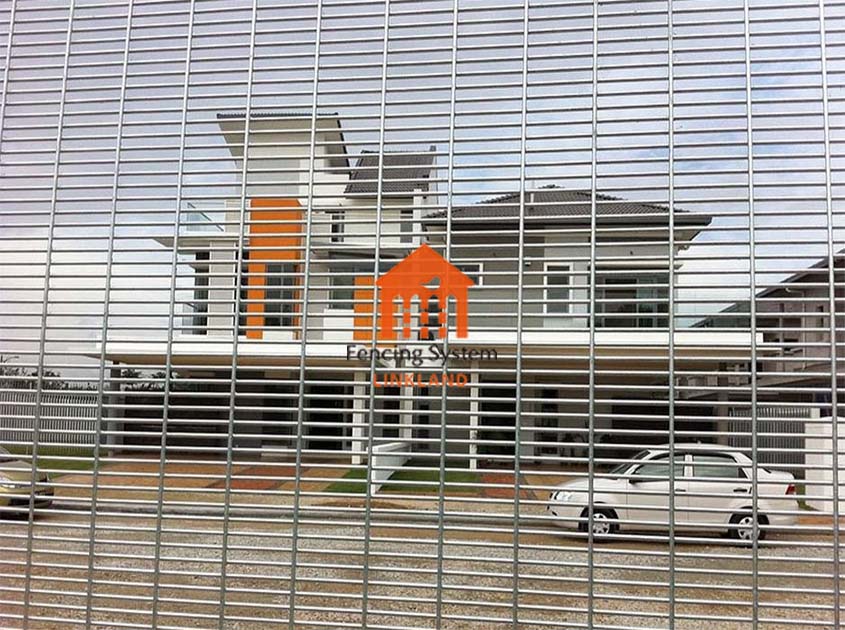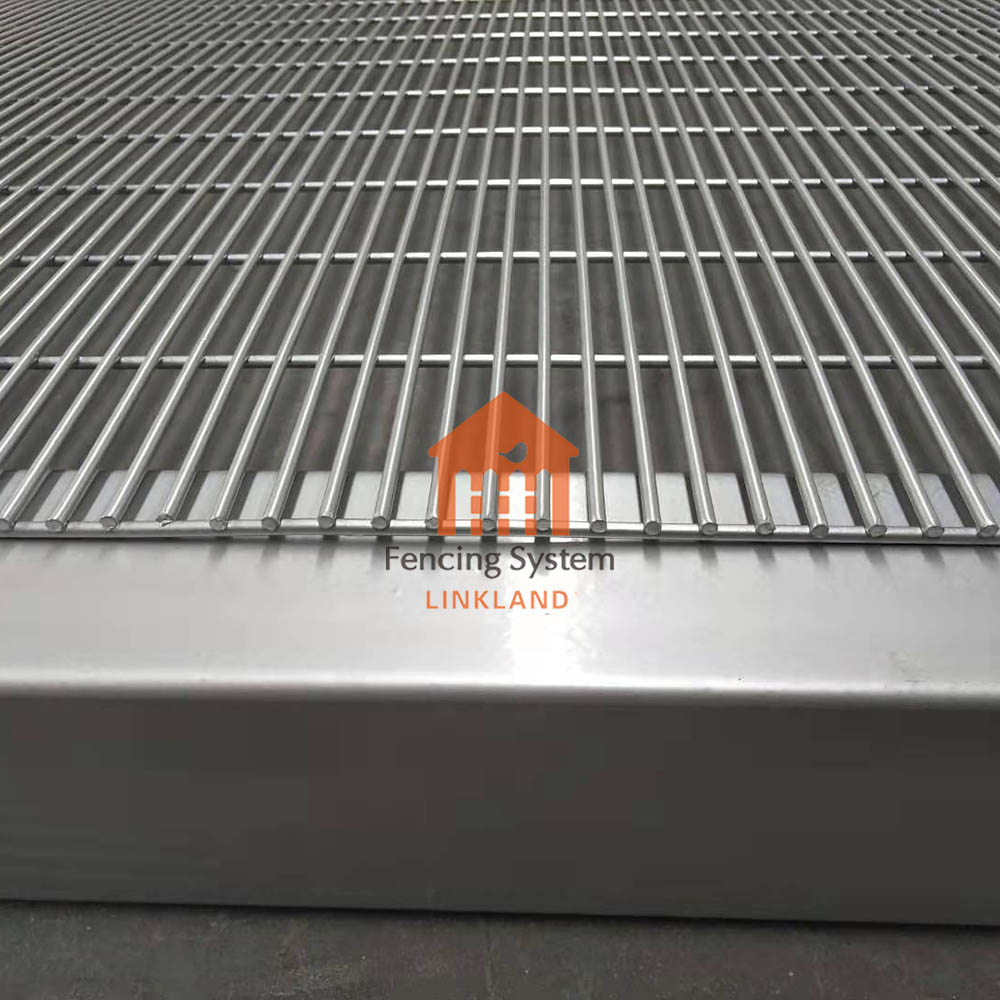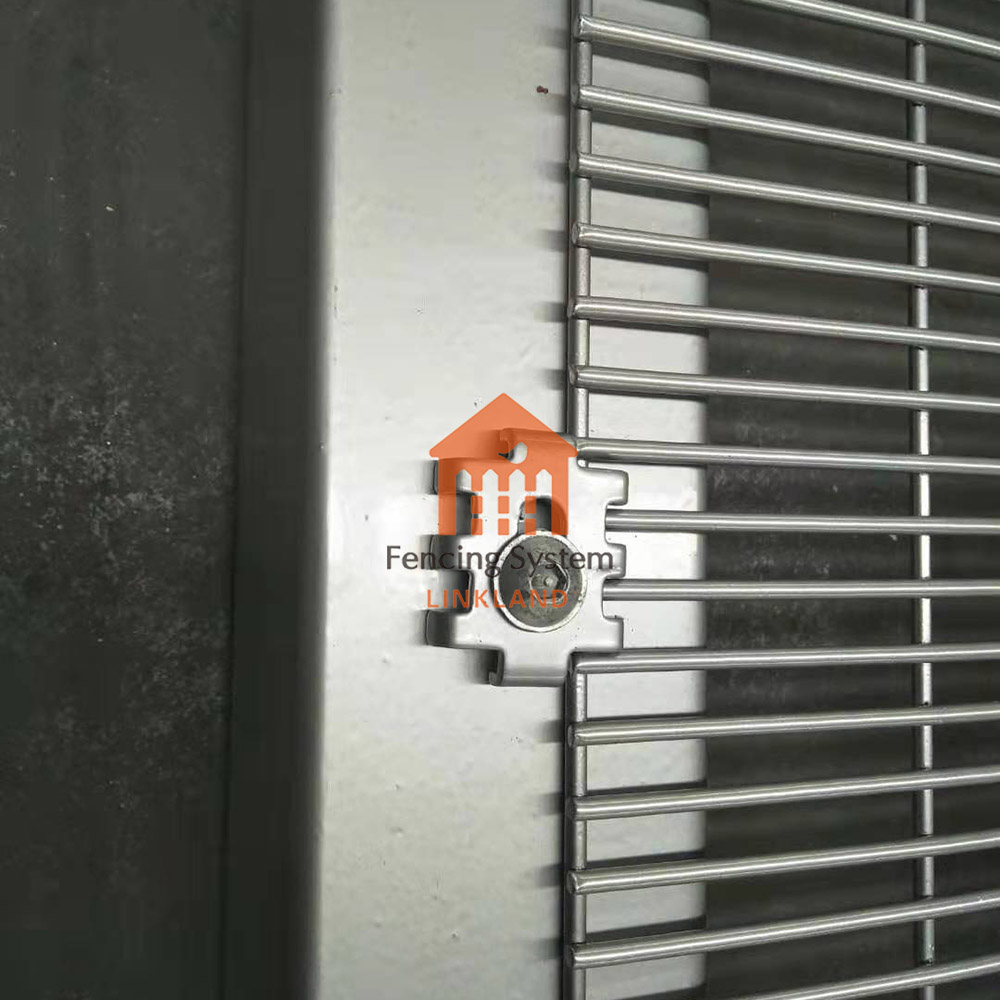Climb-resistant railings are a sustainable solution for long-term perimeter protection, utilizing a variety of technologies and materials to ensure they remain efficient and durable over the years. Below are four key factors for sustainable use.

material selection
Material is one of the key factors for the sustainable use of anti-climbing fence s. Using high-quality, durable materials will ensure long-term use of the anti-climb fence without rotting, rusting or corroding. For example, the use of galvanized steel or stainless steel can effectively resist corrosion and oxidation, thereby prolonging the service life of anti-climbing fence.

design and installation
The design and installation of anti-climbing fence are also critical to their sustainable use. The design should take into account the characteristics and needs of the perimeter to ensure that the anti-climb fence will provide adequate safety protection. Installation should follow standard procedures to ensure stability and reliability of the anti-climb fence.

maintenance and maintenance
The maintenance and upkeep of anti-climb fence is another key factor in ensuring their long-term use. Regular inspection and maintenance of anti-climb fence will ensure proper function and any damage or wear will be detected and repaired promptly. Regular cleaning and painting will also prolong the life of your anti-climb fence.
environment friendly
The environmental friendliness of anti-climbing fence is also one of the key factors for sustainable use. Choosing to use renewable and green materials can reduce the negative impact on the environment. At the same time, anti-climbing fence should also meet environmental protection standards to ensure that their production and use have minimal impact on the environment.
Pre:Impact of 3D fence on Sustainable Design Practices
Next:Tales of Ingenious Attempts to Overcome anti-climb fence